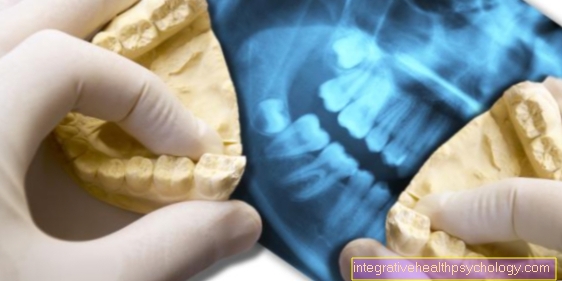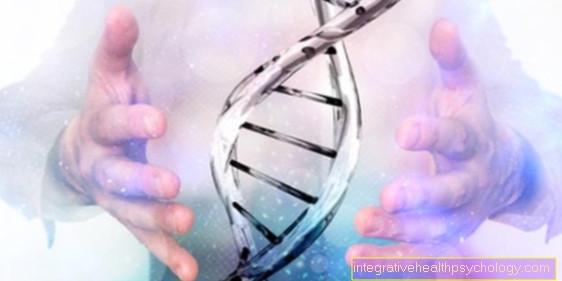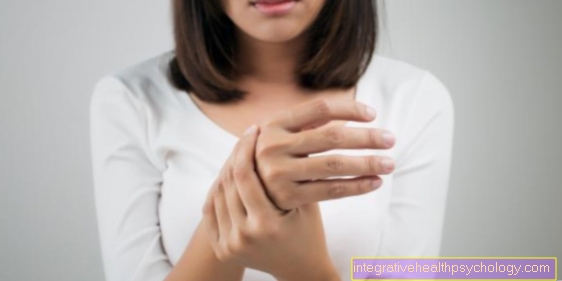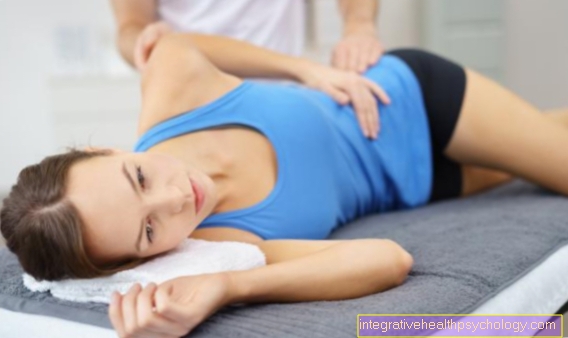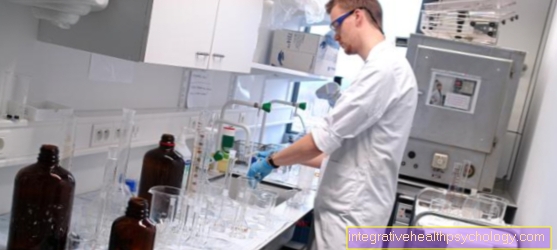Symptoms of hip osteoarthritis
introduction
In osteoarthritis im hip joint is it a Wear and tear disease, by Incorrect and overloading comes about and one of the most common orthopedic diseases, especially in older Patient, is. Most of the time, osteoarthritis in the hip joint does not initially cause any symptoms and the person concerned is not aware of the incorrect loads and the signs of wear and tear. However, over time, it comes to so much Bone wearthat the cartilage that lies in the socket and prevents the femoral head from sitting directly in the socket is completely worn out. As a result, the Thigh bone with his head right on the bone of the hip sits on. With every movement there is friction that causes the actual discomfort.
The Hip osteoarthritis, medically also as Coxarthrosis is a degenerative disease of the hip caused by wear and tear.
It comes from the joint cartilage wear in the hip joint (Cartilage damage in the hip joint) to continuous damage to the hip bones.
Depending on Stage of the disease the symptoms of hip osteoarthritis differ. Above all, the pain increases significantly.

Diagnostic agent for hip pain
Are you looking for the cause of your hip pain or you don't know exactly what is causing your hip pain?
Then let yourself be guided by our diagnostic Hip pain guide and come to the most likely diagnosis.
Symptoms of the onset of hip arthrosis
Hip osteoarthritis often begins slowly and with few symptoms.
The symptoms of the onset of hip osteoarthritis or the course of osteoarthritis show a wavy course (see also: Stages of hip arthrosis). Phases with little pain and few movement restrictions alternate with phases in which patients complain of severe pain and great restrictions in their mobility.
With increasing duration of the disease, this wavy character is lost and permanent pain develops and the mobility of the joint is permanently impaired.
Symptoms of the onset of hip osteoarthritis are primarily pain in the hip joint. Patients complain of pain, which occurs mainly at the beginning of a movement.
The type of pain is also called starting pain. Many affected patients perceive the pain as a dull ache. After long periods of sitting or after getting up in the morning, those with osteoarthritis of the hip find it difficult to take their first steps. Characteristic pain occurs in the affected hip region.
However, the pain may not be directly attributable to the hip joint, because it is often rather diffuse. This initial pain usually subsides after a few steps and improves with movement. Pelvic crest pain is also possible.
A prognostically unfavorable sign is when this pain occurs with increasing frequency or increases in intensity. Another symptom of the onset of hip arthrosis is that the patient is finding it increasingly difficult to perform certain movements. Climbing stairs and making certain rotational movements in the hip joint are traditionally difficult and painful.
In the context of an incipient hip osteoarthritis, there are often overuse pain.
Another symptom of the onset of hip arthrosis is the increased feeling of stiffness in the joints, which patients notice.
Appointment with a hip expert?

I would be happy to advise you!
Who am I?
My name is dr. Nicolas Gumpert. I am a specialist in orthopedics and the founder of .
Various television programs and print media report regularly about my work. On HR television you can see me every 6 weeks live on "Hallo Hessen".
But now enough is indicated ;-)
The hip joint is one of the joints that are exposed to the greatest stress.
The treatment of the hip (e.g. hip arthrosis, hip impingement, etc.) therefore requires a lot of experience.
I treat all hip diseases with a focus on conservative methods.
The aim of any treatment is treatment without surgery.
Which therapy achieves the best results in the long term can only be determined after looking at all of the information (Examination, X-ray, ultrasound, MRI, etc.) be assessed.
You can find me in:
- Lumedis - your orthopedic surgeon
Kaiserstrasse 14
60311 Frankfurt am Main
Directly to the online appointment arrangement
Unfortunately, it is currently only possible to make an appointment with private health insurers. I hope for your understanding!
Further information about myself can be found at Dr. Nicolas Gumpert
Symptoms of advanced hip osteoarthritis
Symptoms of advanced hip osteoarthritis are increased pain, which mainly increases in strength and duration.
This pain leads to an increasing restriction of certain movements in the affected patient and significantly changes the gait pattern.
As with the incipient hip osteoarthritis, the start-up pain is also a symptom of advanced hip osteoarthritis. However, patients with advanced hip osteoarthritis not only complain about morning start-up pain, but also about it Hip pain when lying down, at rest or at night.
Due to the advanced destruction of the articular cartilage, the pain is no longer as diffuse as at the beginning of hip arthrosis.
They can now be better assigned to the affected area.
As a symptom of advanced hip osteoarthritis, the patient notices that the pain is typically radiating in the direction of the strip or even into that Knee joint the affected side.
The diagnosis is often difficult at the beginning due to the radiation of pain. Often a symptom of advanced hip osteoarthritis is a limp when walking, which occurs especially after longer walking distances and leads to a change in the normal gait pattern. Patients with hip osteoarthritis often buckle on the side affected by the osteoarthritis.
Symptoms of activated hip osteoarthritis
Activated hip arthrosis is arthrosis that is associated with the classic symptoms of inflammation that are not caused by bacterial pathogens.
The typical signs of inflammation are:
- overheat (Calor)
- Redness (Rubor)
- swelling (tumor)
- Pain (Dolor) and additionally
- Restrictions on movement (Functio laesa).
All these symptoms can be added to the already existing symptoms in the context of activated hip arthrosis. However, not all symptoms have to occur at the same time. The patient may only notice overheating and reddening of the hip joint, but not yet any swelling or functional impairment.
Hip osteoarthritis complaints
With advancing Hip osteoarthritis The symptoms are mostly first exercise-related pain.
In the beginning, these usually occur after standing or walking for a long time or after endurance sports. Walking up or downhill can also lead to severe pain, as can climbing stairs.
The pain is often called pulling and oppressive described. It can be easily located in the affected joint, but it can also be in the leg of the affected side or also trunkward radiate . If the movement is interrupted and a break is taken, the pain usually disappears again. If the cartilage has completely disappeared due to all the friction, the bone begins to remodel to compensate for the increased friction.
Renewed bone formation occurs in the joint space, which, however, cannot adapt to the physiological movements of the hip. This means that there will be further friction during the movements. If all of the cartilage has disappeared or new bone has formed in its place, then there is bone on bone.
This can lead to moderate to severe pain even at rest. The patients with advanced hip osteoarthritis go in Relief postures over, avoid movements that trigger pain. The incorrect posture adopted means that the once healthy opposite hip is also incorrectly stressed.
A arthrosis usually occurs on both sides, albeit sometimes with a delay. Advanced osteoarthritis can also lead to functional restrictions in physiological movements. Particularly painful movements include turning the leg outward, inward and lifting the leg. Movements that correspond to a squatting position also lead to increased pain.



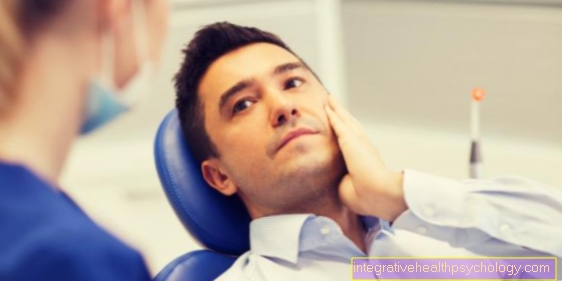
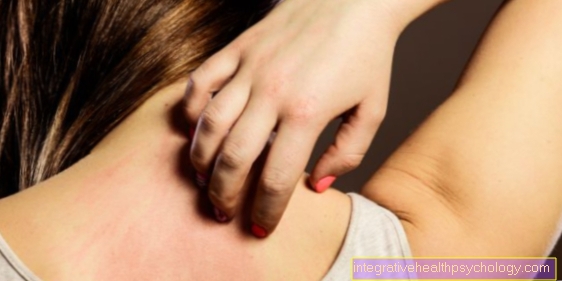
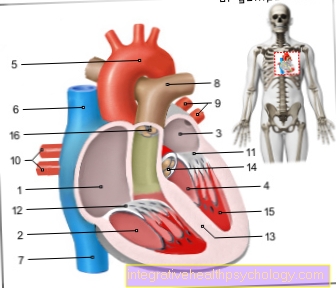

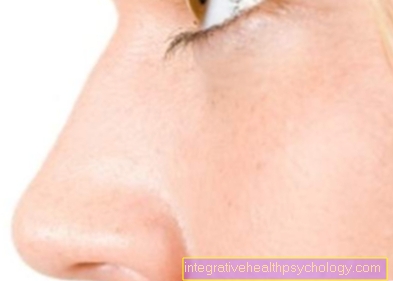
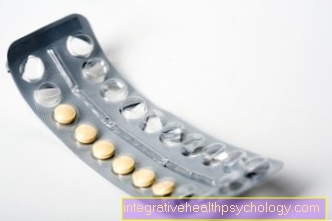
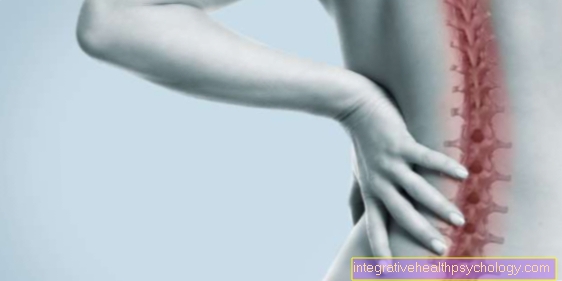

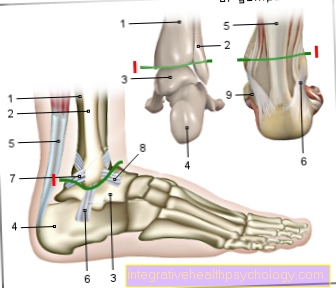

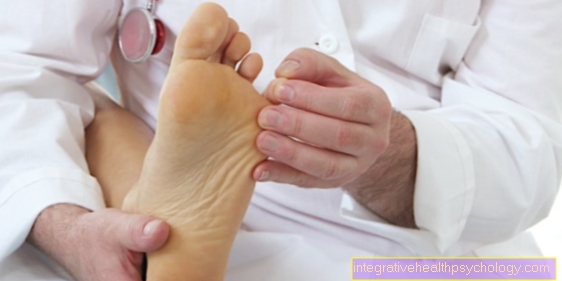
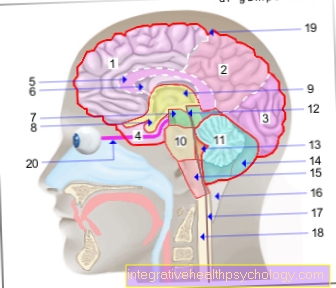

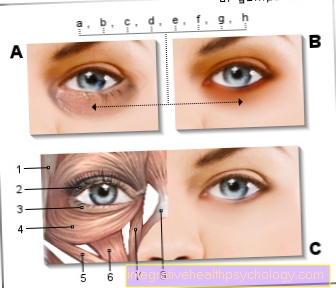

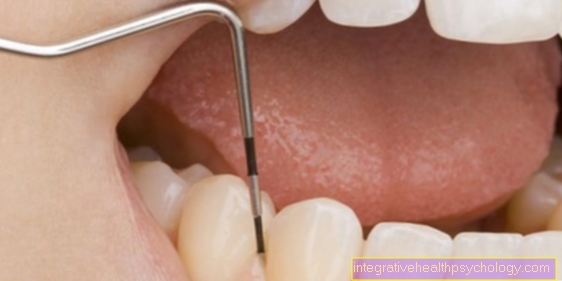
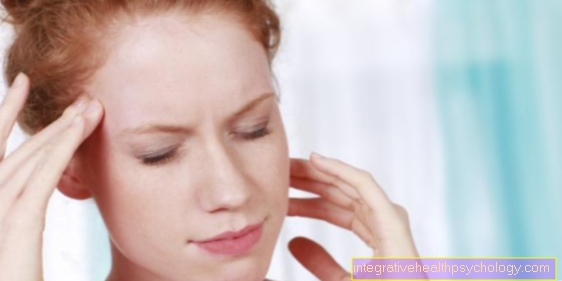
.jpg)
